802.3ba Standard Ratified for 40 and 100 Gbps Ethernet
IEEE (www.ieee.org) ratified IEEE 802.3ba 40Gb/s and 100Gb/s Ethernet, a new standard governing 40 Gbps and 100 Gbps Ethernet operations. An amendment to the IEEE 802.3 Ethernet standard, IEEE 802.3ba, the first standard ever to simultaneously specify two new Ethernet speeds, paves the way for the next generation of high-rate server connectivity and core switching.
The IEEE 802.3ba standard, ratified June 17, addresses challenges such as the growing number of applications with demonstrated bandwidth needs far exceeding existing Ethernet capabilities, by providing a larger, more durable bandwidth pipeline. Furthermore, collaboration between the IEEE P802.3ba 40Gbps and 100Gbps Ethernet Task Force and the International Telecommunication Union's Telecommunication Standardization Sector (ITU-T) Study Group 15 ensures these new Ethernet rates are transportable over optical transport networks.
"Ubiquitous adoption of bandwidth-intensive technologies and applications, such as converged network services, video-on-demand and social networking, is producing rapidly increasing demand for higher-rate throughput," said John D'Ambrosia, chair, IEEE P802.3ba Task Force, and director, Ethernet-based standards, CTO Office, Force10 Networks. "As mass-market access to these technologies continues accelerating, coupled with today's progressively more powerful server architectures, data centers, network providers and end users alike are finding themselves confronted by pressing bandwidth bottlenecks. IEEE 802.3ba will eliminate these bottlenecks by providing a robust, scalable architecture for meeting current bandwidth requirements and laying a solid foundation for future Ethernet speed increases."
The new standard is designed to act as the catalyst needed for unlocking innovation across the greater Ethernet ecosystem. IEEE 802.3ba is expected to trigger further expansion of the 40 Gigabit and 100 Gigabit Ethernet family of technologies by driving new development efforts, as well as providing new aggregation speeds that will enable 10 Gb/s Ethernet network deployments.
"This is truly a forward-looking standard that will spur innovation at every point along the Ethernet value chain, as well as providing the essential architecture needed to facilitate greater broadband connectivity on a global scale," said David Law, chair, IEEE 802.3 Working Group. "IEEE 802.3ba ensures that we can meet today's needs while preparing for the next generation of emerging technology developments."
In addition to providing an increased bandwidth pipeline, IEEE 802.3ba remains compatible with existing IEEE 802.3 installations.
